Sampling
The world of sampling tools is vast, with each tool designed for a specific material or environment. Here’s a glimpse into some common categories:
- For Liquids
- For Solids
- For Gases and Air
Selecting the right sampling tool depends on several factors:
- Material Properties
- Sample Size
- Target Area
- Contamination Risks
Showing all 14 results
-
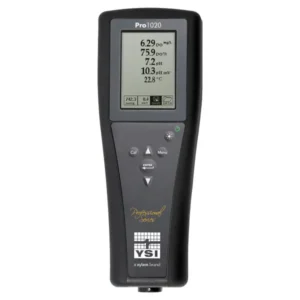
Pro1020 Dissolved Oxygen and pH Meter
Read more -
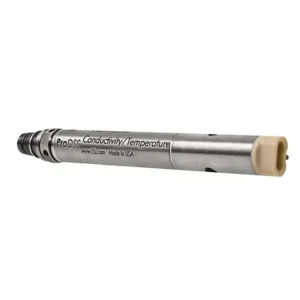
ProDSS Conductivity and Temperature Sensor
Read more -
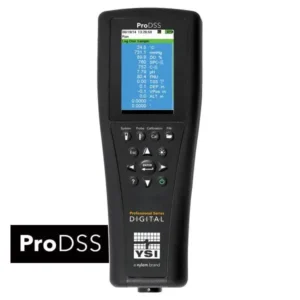
ProDSS Multiparameter Digital Water Quality Meter
Read more -
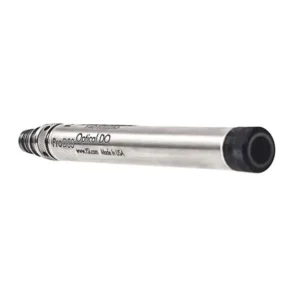
ProDSS ODO Optical Dissolved Oxygen Sensor
Read more -
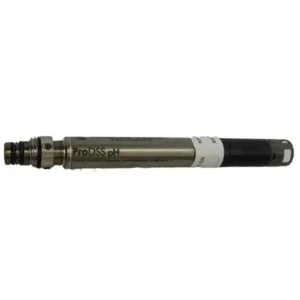
ProDSS pH Sensor with Module
Read more -
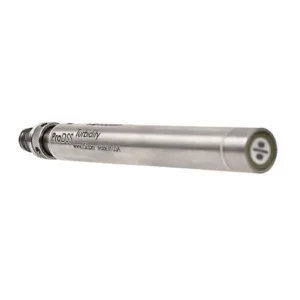
ProDSS Turbidity Sensor
Read more -
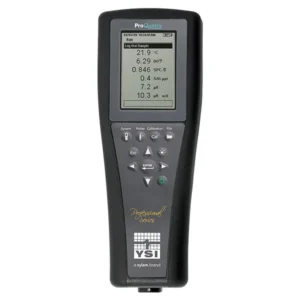
ProQuatro Multiparameter Meter
Read more -
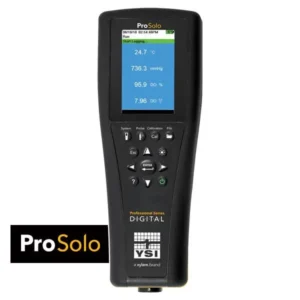
ProSolo Optical Dissolved Oxygen Meter
Read more -
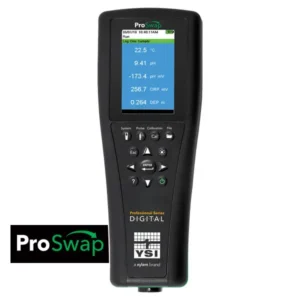
ProSwap Digital Water Quality Meter
Read more -
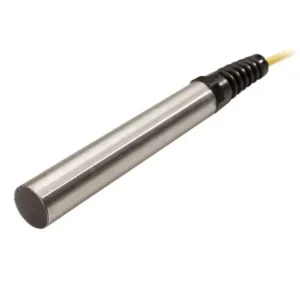
WQ101 Temperature Sensor
Read more -
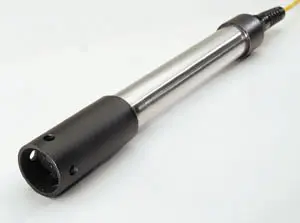
WQ201 pH Sensor
Read more -
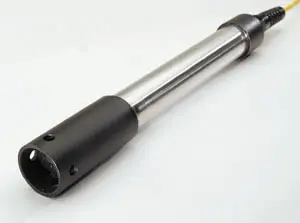
WQ401 Dissolved Oxygen Sensor
Read more -

WQ600 Oxidation Reduction Potential (ORP) Sensor
Read more -
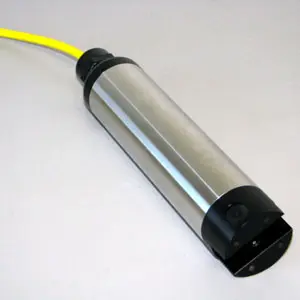
WQ730 Turbidity Sensor
Read more
Unveiling the Hidden: A Look at Sampling Tools
The world around us is a complex mix of elements, and often we need to isolate a specific portion for analysis. This is where sampling tools come in – they act as our extended hands, reaching into various environments to grab a representative snippet for further investigation.
A Diverse Arsenal for Diverse Needs
The world of sampling tools is vast, with each tool designed for a specific material or environment. Here’s a glimpse into some common categories:
- For Liquids:
- Bulbs and Samplers: Simple glass or plastic bulbs with pointed ends are used to extract small volumes from contained liquids. Syringes offer more controlled extraction, while thief samplers reach deeper into tanks.
- Filtration Systems: When suspended solids are present, filtration units separate the liquid for analysis.
- For Solids:
- Scoops and Spoons: For basic sampling of loose powders or granules, scoops and spoons are the go-to tools. They come in various sizes and materials to suit different needs.
- Augers and Corers: These tools burrow into solid materials like soil, grain, or even trees, extracting cylindrical cores for further analysis.
- Grab Samplers: These are often hinged devices that snap shut, capturing a representative chunk of solid material.
- For Gases and Air:
- Syringes and Tedlar Bags: For capturing gas samples, syringes or inflatable Tedlar bags are used. These bags are inert and suitable for storing various gases.
- Air Samplers: These portable devices draw air through filters at a controlled rate, collecting particulates or pollutants for analysis.
Choosing the Right Tool
Selecting the right sampling tool depends on several factors:
- Material Properties: Is it a liquid, solid, gas, or a combination? Consider factors like viscosity, particle size, and potential hazards.
- Sample Size: How much material do you need for analysis?
- Target Area: Are you sampling from a surface, deep within a container, or from the air?
- Contamination Risks: Will the sampling process risk contaminating the sample or the environment?
